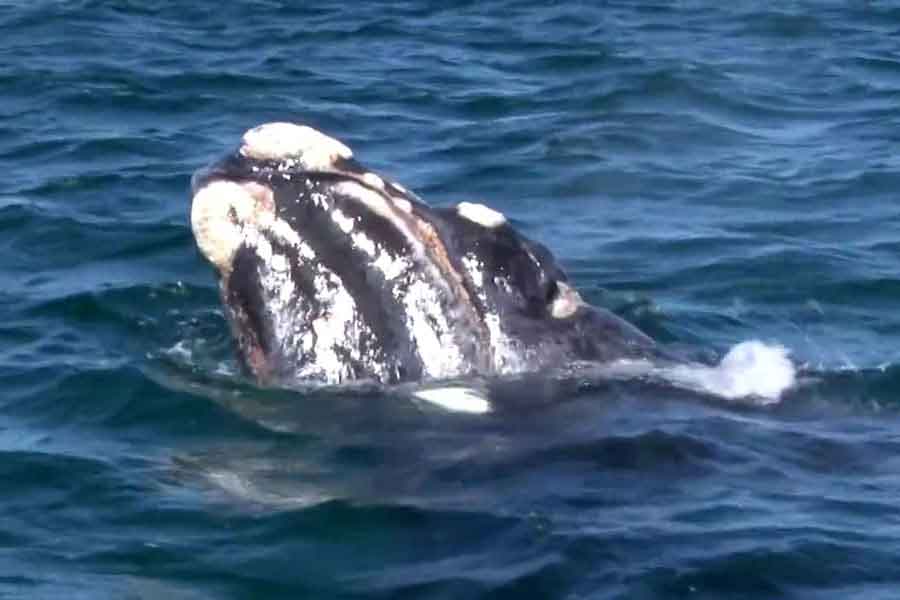
Being able to individualize one specimen from another of the same species allows us to learn fundamental aspects of their lives for their conservation. Finding a pattern that allows us to identify individuals enables us to track each stage of their life and brings us closer to a deeper understanding of their behavior.
Once, a while ago, I witnessed the work of a team of scientists equipped with syringes filled with paint splashing a group of sea lions. The paint they used was harmless to the animals and allowed the researchers to differentiate one animal from another for a certain period of time. Trying to identify an animal that spends most of its life underwater, like the whale, is much more challenging.
It was only in the early ’70s that the study of the Southern Right Whale took a radical turn. It was discovered that whales could be identified almost from birth. The key lay in the callosities, thickened patches of skin located along the jawline and lower lip, above the eyes, and on the upper and lateral parts of the head. The callosities are white, but they are inhabited by small parasites called cyamids, also known as «whale lice,» which give them a chalky or yellowish tone.
The distribution and shape of the callosities are unique to each individual and remain constant throughout their lives. A low-flying aerial photograph taken when the whale surfaces to breathe gives us access to this unique «fingerprint.» With this clear identification of the individual, much more specific studies can be conducted. Population censuses can be carried out, the breeding interval of females can be determined, the age at which sexual maturity is reached, the interaction between mating grounds, and many more details.
Today, there are catalogs that identify over 1,300 specimens of Southern Right Whales. Seen as individuals and given names, the whales acquire another dimension. Biologists sitting on a cliff can see a female born in 1974 arrive at the Valdes Peninsula, approaching the waters of the gulf to give birth to her second calf. They know her name, her mother’s name, the names of her siblings, and soon they will be able to name her newly born calf, which will carry the mark of its identity on its head throughout its life.
«You cannot defend what you do not love, and you cannot love what you do not know.»

